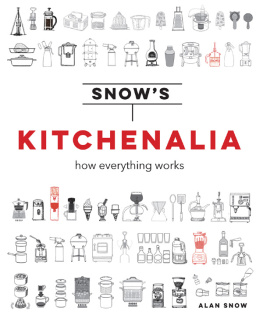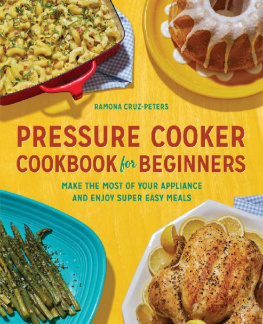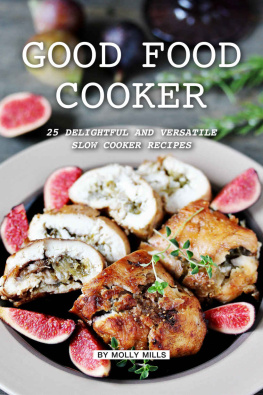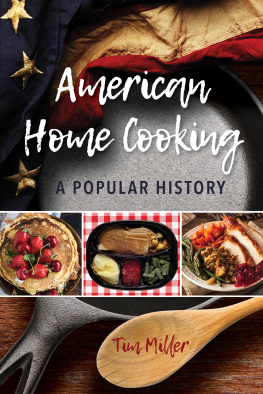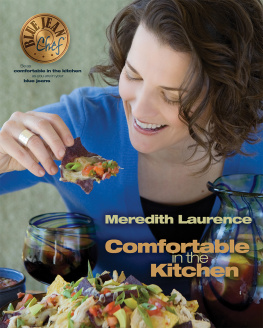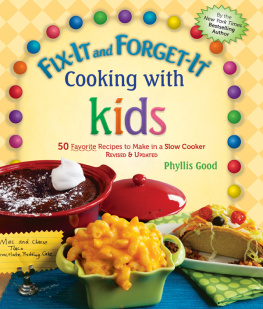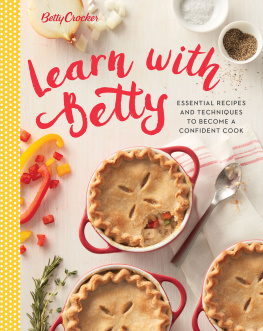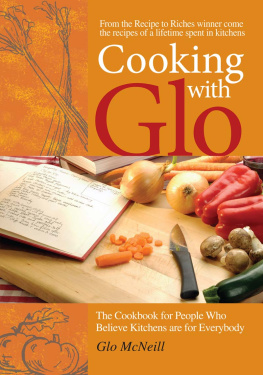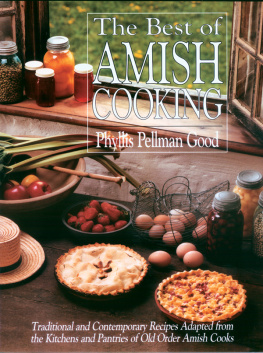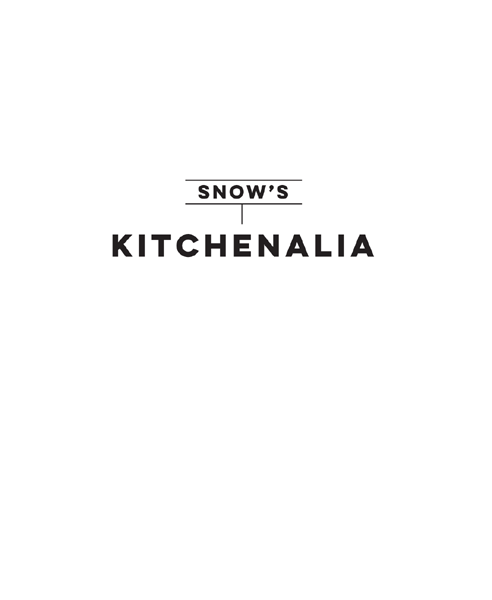

CONTENTS

KITCHENALIA

There are many books on food for the home cook, but few which can quickly answer questions about the organization of the kitchen, and the usage of its equipment. The purpose of this book is to act as a useful reference guide by giving background information on the kitchen, the tools found there for food preparation, layout, and storage. I hope it will be a go to book on the kitchen shelf for when questions arise that involve the actual kitchen, and the equipment used with food, while also helping to make cooking more enjoyable, and understandable.
ALAN SNOW

TOOLS
INTRODUCING KITCHEN KNIVES
Kitchen knives in the West have evolved to cover single and multiple functions, and we now find ourselves with a huge choice of not only of Western-style knives but also designs from other parts of the world. It is not necessary to own or use a huge range of knives, and one should bear in mind the adage: A sharp, cheap knife is worth more than the most expensive knife blunt.

Kitchen knives have developed over more than 1,000 years, but the basic parts remain the same in most of them.
PARTS OF A KNIFE
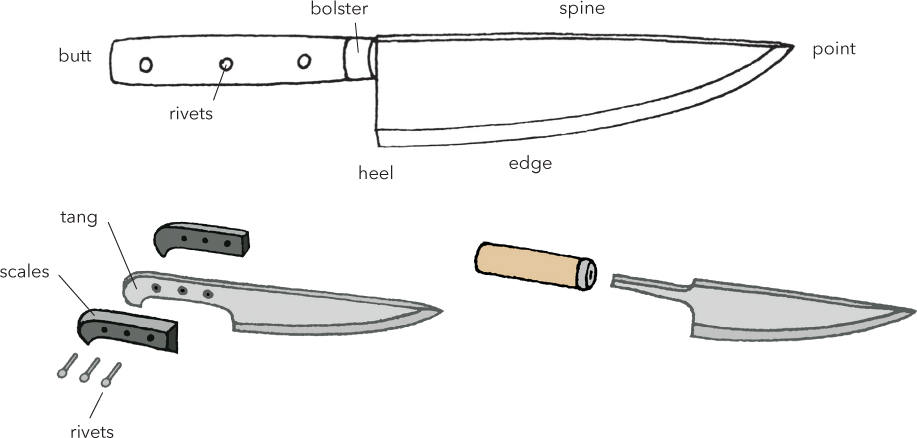
Most knives are constructed either with a blade that forms the centre of its handle with scales fixed either side of it, or with a blade featuring a reduced shaft which fits into a handle piece.
Recently, moulded one-piece knives have become more common and these often have a hollow handle that helps with the balance of the knife.

Metal knives are sharpened by grinding metal away until the edge is really sharp (see ). The angle of the blade sides and the angle that the grinder is held at vary a great deal. On Western knives, the edge is usually ground on both sides. By contrast, Japanese knives are traditionally ground away from one side. This produces a knife that moves to one side as it cuts. Though unusual, it is possible to buy left-handed Japanese knives but not in all brands. Serrated bread knives are again sharpened with a bias to one side; it is worth buying a decent one that suits your handedness because it will both make cutting considerably easier and will probably last a lifetime, too.

Western double-sided angle-ground blade
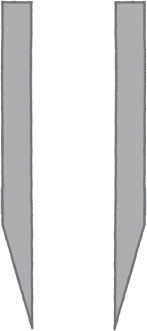
Japanese single-sided ground blade
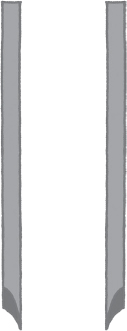
Serrated bread knife angled to one side
TYPES OF KITCHEN KNIVES
CHEFS KNIFE
blade size 2025 cm (810 inches)
The chefs knife is probably the single most-used knife in Western cookery. It is one of the three essential knives. Its shape varies regionally, but the basic shape is very similar to a symmetrically sharpened Japanese Santoku chefs knife (see right). It can be used for most jobs but a smaller or more flexible blade may have advantages in some cases.

PARING KNIFE
blade size 7.510 cm (34 inches)
The paring knife is the second essential kitchen knife, and it handles almost anything that requires delicacy, or anything that is too small for the chefs knife. Again, similar knives are used in kitchens across the world. The paring knife can be used for trimming, peeling, and slicing smaller fruits and vegetables.

BREAD KNIFE
blade size 2030 cm (812 inches)
In any household where bread is a feature, a bread knife is the third essential knife. The serrated blade avoids tearing the bread. It can also be used on softer fruit and vegetables (such as tomatoes) with good results. If you are left-handed, do try to find a left-handed bread knife, because it will make a vast difference to how well it performs.

FILLETING KNIFE
blade size 12.518 cm (57 inches)
The filleting knife is finely shaped to allow manoeuvring while cutting. Similar but slimmer than a boning knife (see right), it is also very flexible, which makes it especially suitable for working with fish. However, unless you are a very keen cook, it is not absolutely essential.

CARVING KNIFE
blade size 2330 cm (912 inches)
The carving knife is one of the longest knives in the kitchen. It is shaped this way to cut meat with a continuous movement so as to avoid tearing it. They are usually quite flexible so as to allow them to move around bones. This function can be covered to some extent by a sharp chefs knife if you do not have a carving knife.

PEELING KNIFE
blade size 6.59 cm (23 inches)
The peeling knife is used to remove skins from fruit and vegetables. It is used by drawing the curved blade towards you through the fruit or vegetable. It works far better than a paring knife because the blade is designed to work with the curve of whatever you are peeling. In most cases, you will find a simple peeler (see right) more convenient, though.

BONING KNIFE
blade size 12.518 cm (57 inches)
The boning knife fulfils the function of removing bones and dividing joints and cuts of meat. This knife is necessary if you intend to butcher your own meat and want a tidy result. Butchery takes knowledge, practice and skill that can take years to perfect, but if you use a very sharp boning knife and work slowly and carefully, you can achieve good results.

